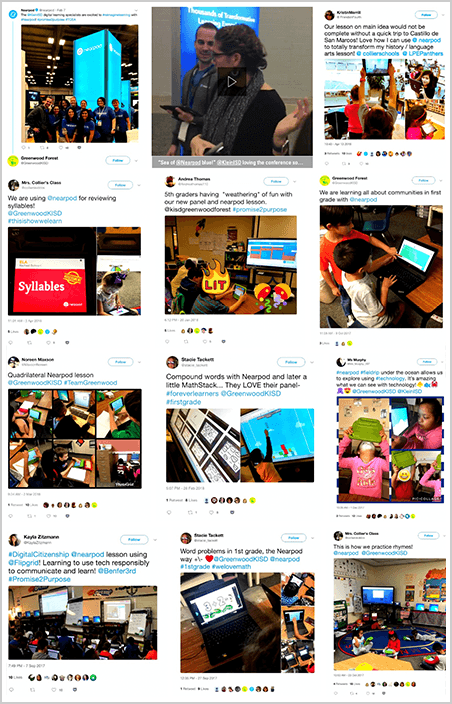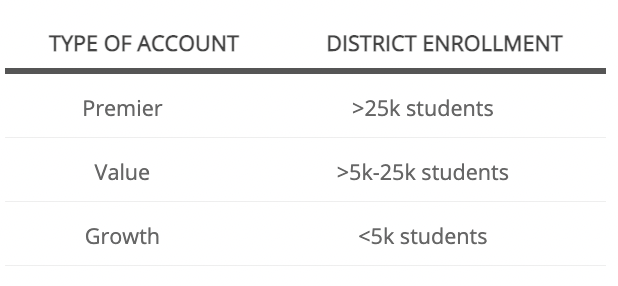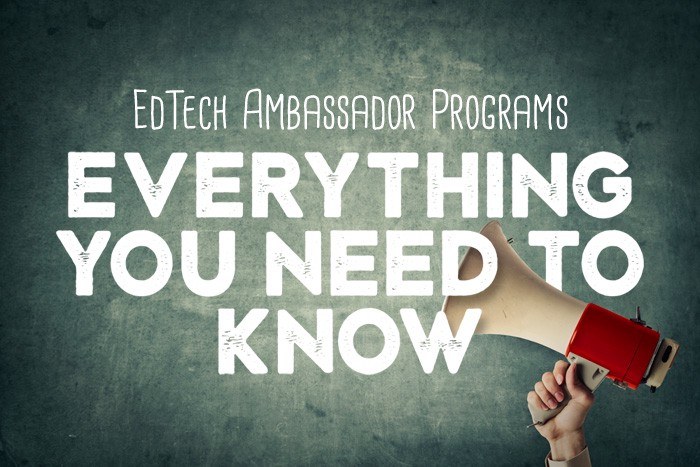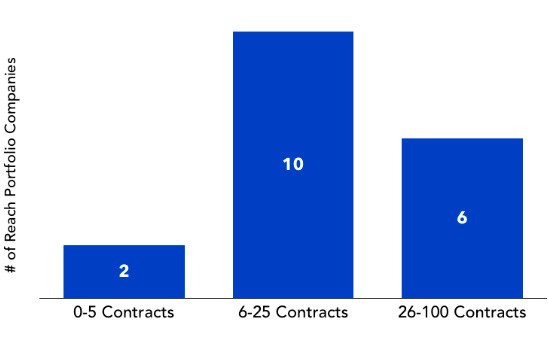Turning Teacher Love Into District Deals

Dear Guido,
I know that many decision makers at the school and district level want teacher input on edtech purchasing. I’ve received great feedback on my product from teachers, but I’m having trouble using that teacher enthusiasm to spark district-level conversations. How do I demonstrate to decision makers that teachers love my product?
— Knocking on the District Door
Dear Knocking on the District Door,
Your question is spot-on. District administrators are placing more and more value on teachers’ opinions for certain edtech purchasing decisions. While it can be challenging to bring the opinion of your end users to the attention of top decision makers, a recent trend towards inclusion of teacher voices in district purchasing decisions allows products that truly benefit teachers and transform classrooms to shine.
Mobile and online distribution of classroom materials mean that district adoption of products can now begin with bottom-up interest rather than a top-down decision. In fact, many districts require a certain level of teacher interest and usage before they’ll even consider making a district-wide decision on an edtech product. Some districts go a step further, leaving buying decisions on edtech products up to individual campuses. This is particularly true for classroom-based products. No matter where a district falls on the spectrum of purchasing, one thing is clear: teachers are increasingly getting used to the practice of “trying before buying,” and teacher voices today matter more than ever in districts’ procurement decisions.
Having said that, there’s both an art and a science behind leveraging teachers’ support to spark district-level conversations. Some factors to consider:
- Not every teacher behaves equally
- The internal power structures and decision-making processes of districts vary
- Districts love data
At Nearpod, we’ve done some experimentation and learned a few ways to effectively translate “teacher love” into district-wide conversations with administrators. Here are some strategies for demonstrating to district decision-makers that teachers love your product.
1. Go to Social Media!
Twitter is full of hidden gems. On Twitter and other social media platforms, teachers connect to give their honest feedback to one another about what’s working in the classroom and why. Don’t let that honest feedback scare you — these quotes are powerful precisely because they’re real. Nearpod’s marketing team has used this strategy to spark conversations with district admins at large districts where a lot of teachers are using but we’ve had no success getting admins on the phone. Once we do the work of gathering up all the conversation happening right inside their own district, admins are usually open to a conversation. In many cases, what starts with teachers sharing product reviews on Twitter becomes a district-wide implementation down the line!
2. Share Usage Data
Pre-existing teacher usage of the product has helped us bridge conversations with district decision makers for a few key reasons:
- Usage signals to the decision maker that their teachers find true value in the product. Teachers are constantly bombarded with new resources, tools, and tactics to try. The fact that they’ve chosen to use this one is a true testament to its value.
- Implementation will be smoother if experts and champions exist across the district. The district administrator knows that a signature on a contract is only the beginning of the journey with any edtech purchase. The gap between district purchase and effective teacher usage is a common concern among district decision-makers. Knowing that teachers throughout the district have already cultivated the knowledge to bridge this gap goes a long way in calming those concerns.
Communicating these two points to decision makers has been super helpful for us. This might look like a talk track for your sales people, (asking: “Does teacher preference play a big role in the purchasing decisions you make?” or “How do you enlist teacher experts for smooth rollouts of new resources?”) but we’ve leveraged teacher usage data earlier in the sales process by creating “usage maps” to demonstrate the extent of usage across a district. A usage map has been the door-opener in many big districts for us this year.
Below is an example of how Nearpod shares usage data with prospects:

3. Spotlight your Champions
Using your platform to spotlight your biggest champions in a district is a win-win. Nearpod has partnered with top teacher users to produce blog posts, host webinars and run Twitter chats. This type of thought leadership positions the teacher and the district as role models and highlights to the admin that they have in-house Nearpod experts.
In our experience, admins then congratulate this teacher on their leadership, sparking a conversation about technology integration between a district decision maker and one of our biggest teacher supporters there. These “spotlights” are born out of relationships cultivated with these teachers on social media or pulled from our usage data. We connect with these leaders on social media or via email with a proposed webinar topic or blog post, then promote the event on all our social media platforms.
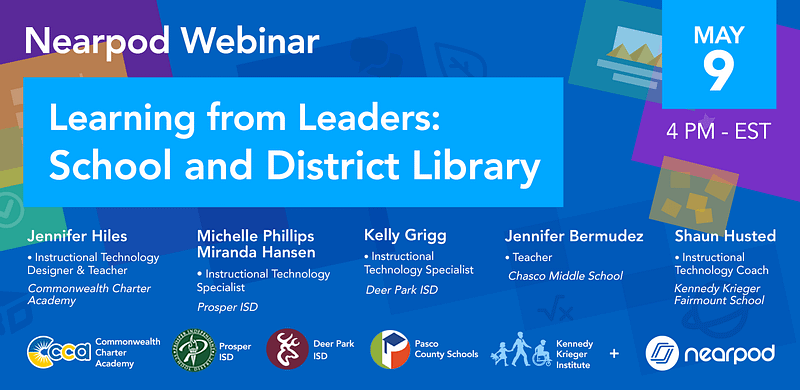
“Teacher love” for your product is powerful, but harnessing that power to build momentum in a district is no easy feat. Don’t assume that district leaders are aware of what their teachers are using and loving. Especially when dealing with large districts, it is impossible for admins at the district level to keep tabs on what technologies are being adopted by teachers at each school. Do the work for the admin, and let the district’s teachers help you open the door for a district-level sale.
